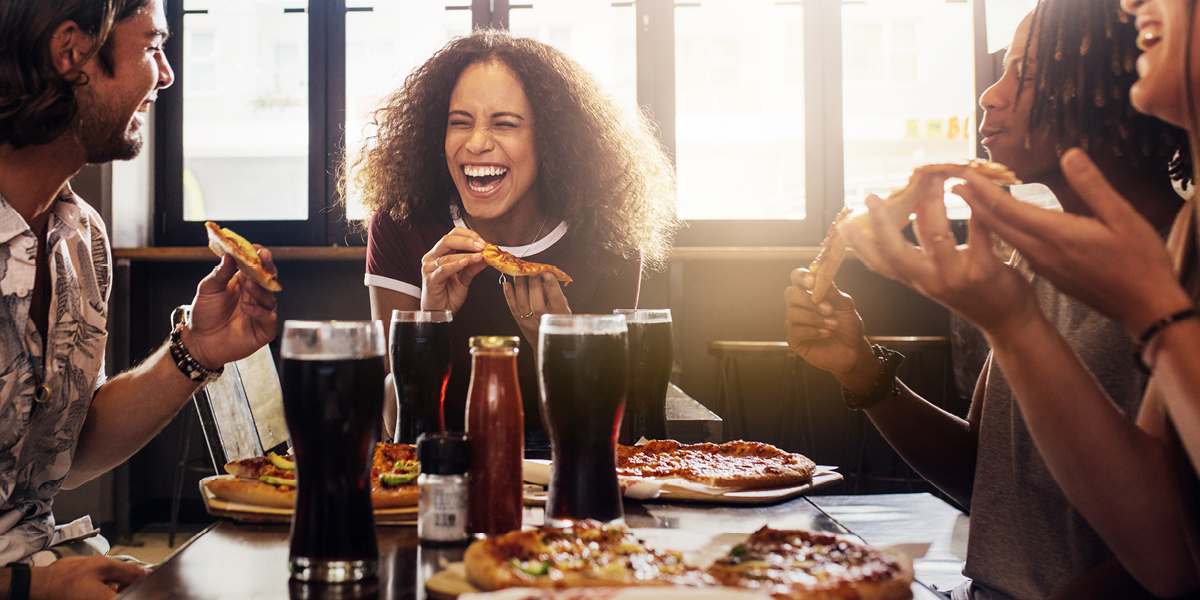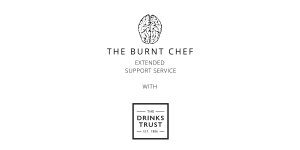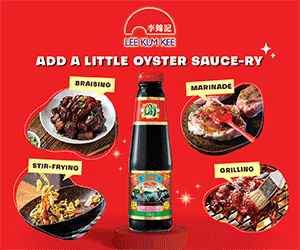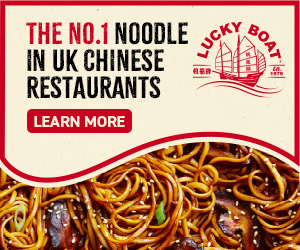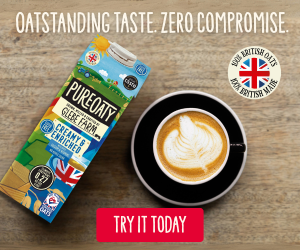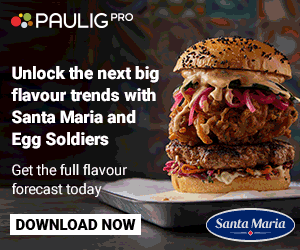How can low- and no-alcohol drinks aid sector recovery?

No- and low-alcohol drinks continue to grow in popularity, according to a recent report, with the impulse for alcohol moderation strong among both younger and older demographics, rising to 36% of 18- to 24-year-olds and 27% of over 55s.
The 2021 Britvic Soft Drinks Review, released earlier this year, has identified the role the category has to play in helping venues recover this year and beyond.
This year saw a record 6.5m people join in with the biggest Dry January event so far, and 10.4m adults in the UK population (20.4%) now describe themselves as teetotal.
Lost drinks sales
The licensed sector lost 449.3m litres of soft drink sales over the past year, the equivalent of around 180 Olympic swimming pools and approximately 80% more than the volume sales lost in foodservice.
According to the latest Britvic Soft Drinks Review, the soft drinks category in this sector delivered just 39.5% of the value sales and 39.4% of the volume sales achieved in 2019.
Consumers stated that when hospitality venues reopened after lockdown, they were intending to choose low- and no- alternatives over drinks containing alcohol – demonstrating the need for outlets to adapt.
“The licensed channel has been dealt a series of difficult and unfortunate blows over the course of the pandemic, with a total of 19 weeks of closure and lockdown tiers across the country," says Adam Russell, director of foodservice and licensed at Britvic.
"It’s no surprise that the different on-trade channels all showed significant losses as a result, but when allowed to reopen, some operators captured more soft drinks sales than others, with local food-led pubs and community pubs leading the way. It was certainly reassuring to see that towards the end of the summer, footfall was showing steady improvement.”
Despite the sales decline in absolute terms, those consumers who opted for soft drinks in licensed outlets, when open, favoured cola brands. Cola was the only category to win share, while mixers’ share fell most of all.
Health and wellness
The pandemic has shone a light on health and wellness for many consumers – and the food and drink choices they make as a result.
Just before the pandemic, the low- and no-alcohol category was reportedly worth £60m and growing +48% annually. This is expected to have accelerated further and a clear opportunity is forming, as currently 28% of consumers order tap water when they want a non-alcoholic option in pubs and restaurants. If 200 visitors visit a pub in a day, 56 people could be spending £3-£5 on a low- and no- alternative. The missed sales could be as much as £100,000 or more per year for a pub.
“Based on the increase in UK adults looking for low and no alcohol alternatives, it is vital that licensed operators take note and put plans in place to cater for this demand," adds Russell.
"While a strong carbonates range from well-known brands is a good starting point, there is a bigger opportunity to go after in terms of wider soft drinks and the creation of mocktails – an alternative that attracts over 8m consumers each year. Consumption of mixers on their own, rather than with spirits, is also growing and as guests seek new experiences, flavoured tonics have an important role, contributing to category growth and offering additional opportunities for solus consumption alongside mixed drinks.”
Tips for no- and low- success
Within its Licensed Soft Drinks Review, Britvic has identified its top recommendations to help keep guests coming back for more, with three steps to success including:
- Make time for low- and no-: Explore day part opportunities and drinks that can satisfy multiple times of day
- Give low- and no- menu visibility: the menu is the first place consumers look to choose low and no drinks, with 45% using it to do so. Consumers also state that low- and no- should have its own section on the menu
- Make low- and no- visible at the bar: In licensed outlets, product visibility is key. 59% of consumers claim it is either difficult or very difficult to see what cans or bottles in the fridge behind the bar are low or non-alcoholic versions of alcoholic drinks. Stronger shelf call-out, more prominent displays and POS are all critical components in ensuring that your products are seen first and foremost.


